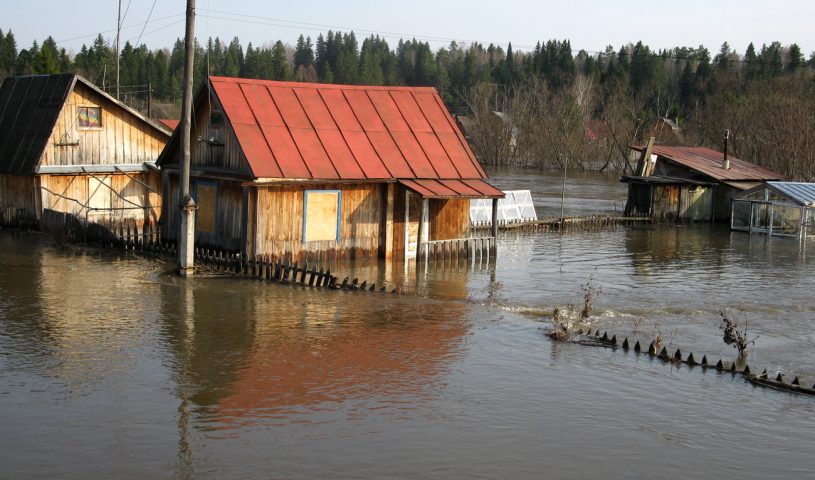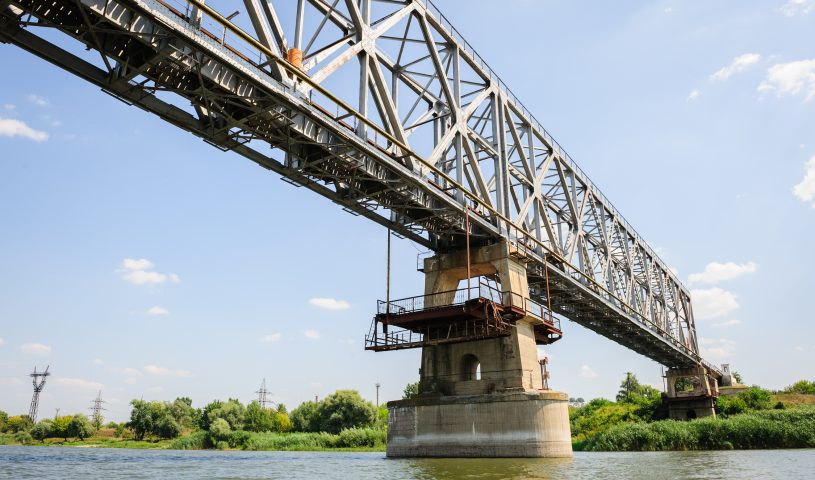Emergency preparedness essential when disaster strikes rural communities

Major weather events – everything from snowstorms to tornados – seem to have become a regular occurrence and so issues such as infrastructure planning and maintenance, not to mention emergency management, need to come to the forefront in order to develop resilient communities.
The challenges urban communities face, however, can be dramatically different than those faced by their smaller counterparts. Developing strategies around coordination with neighbouring communities can help to ease the burdens faced during challenging times.
Speaking at the 2019 Ontario Good Roads Association convention, a panel of leaders from small communities shared their personal experiences and offered important lessons they picked up along the way. Delegates heard from Antoine Boucher of East Ferris, Dave Clarke of Huron County, and Reg Russwurm of The Blue Mountains – in a conversation moderated by Brenda Murphy from Wilfrid Laurier University – as they discussed key topics related to disaster management and coordination.
The Need for Cooperation
All three speakers touched on the fact extreme weather happens. Different communities may face unique challenges, but all will be occasionally subject to adverse conditions that require a response. Whether it’s flooding that washes out roads, windstorms and tornados, snow melts causing flooding or mudslides in the spring, or many other emergency situations the presenters talked about from their own experiences, they all agreed something unexpected is going to happen.
The one key point everyone touched on was how small communities cannot always manage to go alone – the costs are too great, and the resources aren’t available. As such, the panel members recommended working with nearby communities, each offering an example of the relationship (such as a shared service or mutual aid agreement) their municipality has in place in their region.
Sometimes, however, they all agreed less-formal agreements can be in place and communities shouldn’t be afraid to ask for help when it’s needed or aid others in similar situations. Whether it’s loaning equipment, helping to provide manpower, or sharing contractors/creating economies of scale, there was a recognition helping one’s neighbours is a positive outcome for every community.
Using Limited Resources
One of the key points touched on throughout the presentation was the need to use limited resources as effectively as possible.
Today, emergencies cost more – there’s increased urban sprawl, ageing infrastructure, increased citizen expectations, and a backlog of repairs. Communities, they agreed, need to spend their infrastructure dollars wisely in order to maximize the return. Clarke recommended a critical infrastructure list – things that must be maintained – and cautioned municipalities to always be thinking about whether they can stick to a repair/replacement schedule. Russwurm suggested municipalities can’t be all things to all people and that there needs to be an element of community awareness and preparedness built in through teaching and preparation.
On the flipside, any event that happens is likely to draw a lot of volunteers. And, as Boucher pointed out, volunteers can create health and safety issues, so they need to be managed judiciously. There’s a delicate balance, he explained, communities need to maintain.
In addition, it was recommended municipalities prepare for future events. The collective recommendation was for creation of a detailed emergency plan that is tested on a regular basis with different contingencies prepared for in advance. Most important was for municipalities to make sure any information will always be useful – emergencies don’t just happen Monday to Friday during business hours. Having detailed planning can help to mitigate any emergency.
Engineering Standards
There was also a consensus that engineering standards needed to be closely examined. They needed to be forward looking. What was once a 20-year event might now be happening every 10 years, and planning needs to be done with that in mind.
Water, particularly stormwater, was one of the key topics touched on by both Boucher and Russwurm, who talked about challenges faced by their communities.
Both took a pragmatic approach. Gravel roads are a unique issue for rural communities, and on occasion, they will wash out in extreme weather. It comes down to risk tolerance and financial realities – does it makes sense to spend a significant amount of money to guarantee a road won’t wash out, when it might do so only once every 20 years and would be cheaper to repair?
Such questions, they agreed, are ones that need to be considered by professionals looking out for communities into the future.
Essential Action Planning
In closing, the panelists agreed no matter what a municipality does to prepare for disaster, it can’t control the weather.
What can be controlled, they added, are the actions taken before, during, and after a disaster. The planning and decisions that go into those actions will go a long way to better serving a municipality. Small and rural communities don’t have to go it alone and they can’t be afraid to work with their neighbours to get the best results possible. MW
✯ Municipal World Insider and Executive Members: You might also be interested in Sophie Guilbault’s article: Canadian communities show leadership adapting to extreme heat. Note that you can now access the complete collection of past articles (and more) from your membership dashboard.
James Wilson is Director, Data and Logistics for Municipal World.
Related resource materials:


